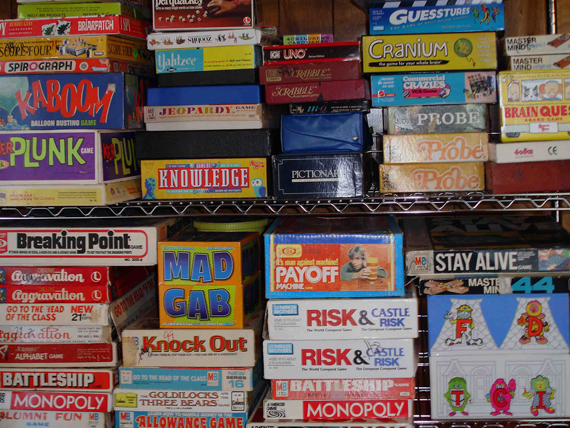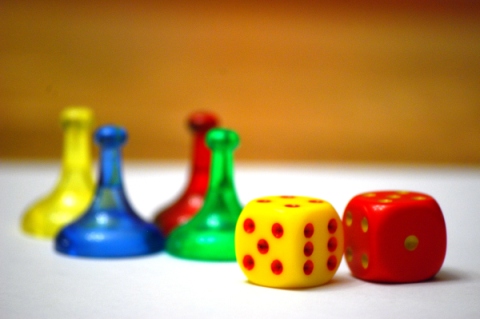In the last post, Why Bring Games into your Classroom, I presented several advantages for bringing games into your classroom. Naturally, the next question is: Which games should I bring into my classroom?
The market is over-saturated with educational and learning games; so choosing a good game for your students can be quite time consuming or very frustrating and confusing with so many similar games. However, there are some initial steps that can be taken to help make your time and effort much more efficient.
What defines a ‘good game for your classroom’? Here are 4 characteristics:
- Play-ability (Engaging/Willing to play again)
- Learning Objectives (What is the game trying to do/teach?)
- Differentiation (Can you play at different levels, speeds, etc?)
- Critical and Strategic Thinking (Does the game make them plan ahead/problem solve?)
There are, literally, thousands of games per subject available on the web. Quite frankly, many of them are just not playable or that engaging. Below are four points to consider as you try to find games to add to your classroom.
First, Do you enjoy playing the game?
Not a catch-all for finding that great game to help your kids learn. However, if you, personally, do not enjoy the game, it is a good indicator that your children or students will probably not enjoy playing either.
Second, Rely on Trusted Resources
Rely on a few trusted resources, either personal or internet, and avoid large, general searches. It’s an ocean of apps, and one can quickly drown and get easily lost in the navigation. BrainPOP’s GameUP site, for example, has a limited number of games (less than 5% of games that are submitted get added to their site). Graphite.com is another site that uses teacher & parent reviews to rate the games and sites.
Third, Find out what your students are playing
Ask your students to show them some of the (educational/puzzle/strategy) games that they enjoy, then play it yourself. Does it stimulate critical thinking? Is the game actually meeting educational objectives? If the game meets the characteristics defined as a ‘good game’ above, then bring it in! Not all of the games they play may be a good fit for your personality or class, but they can give you ideas and be a great filter. A good example is Minecraft, where a huge educational community has grown up around that game.
Fourth, Think outside the box
Many games, not necessarily labeled ‘educational’ are great to bring in to your classroom that can provide plenty of learning opportunities and stimulate strategic and critical thinking.
- Computer: Minecraft, SimCity, Sid Meier’s Civilization, Portal*, The Talos Principle
- Classic Games: Monopoly, Risk, Stratego, Scrabble, Clue, Blokus, MasterMind, Yahtzee, Checkers, Chutes-and-Ladders (Pre-k)
- Contemporary/Modern Board Games: Settlers of Catan, Ticket to Ride, Forbidden Desert, Forbidden Island, Qwirkle
- Puzzle: Sudoku, Kakuro
The point is also not to be afraid to experiment! Looking at games from a different point of view may give you a great idea!
Tell us in the comments what games you’ve brought into the classroom! What games to your kids enjoy playing?
*Portal does have several levels that involve robotic gun turrets that shoot at the player, however.


